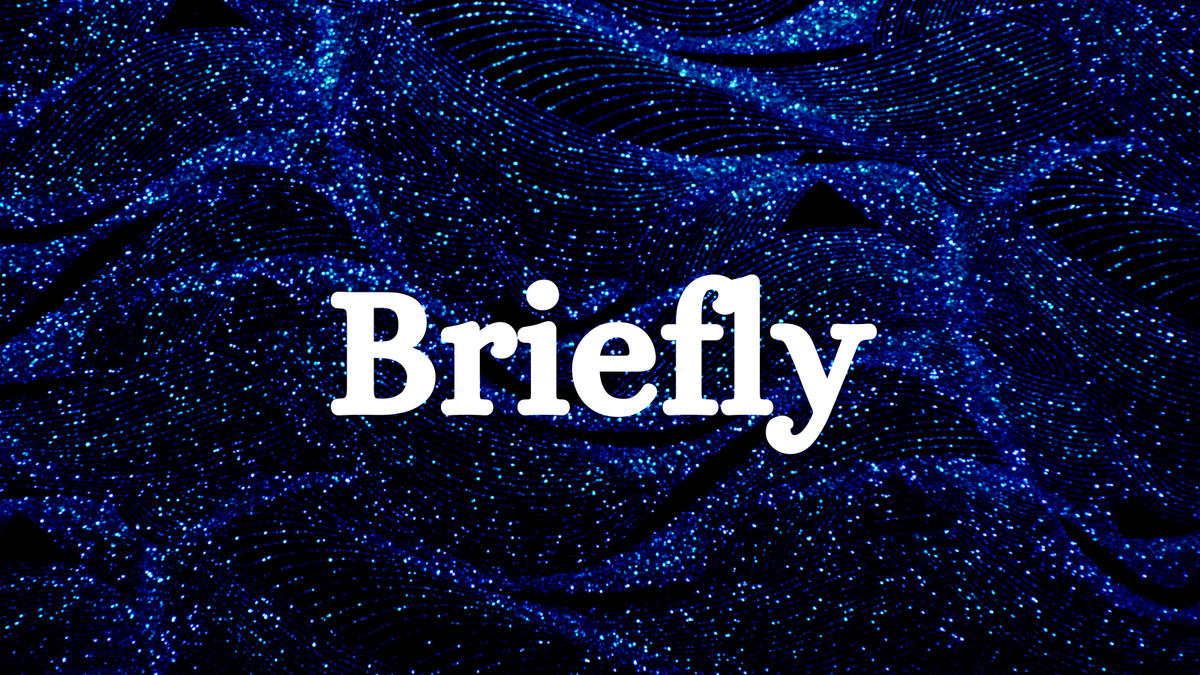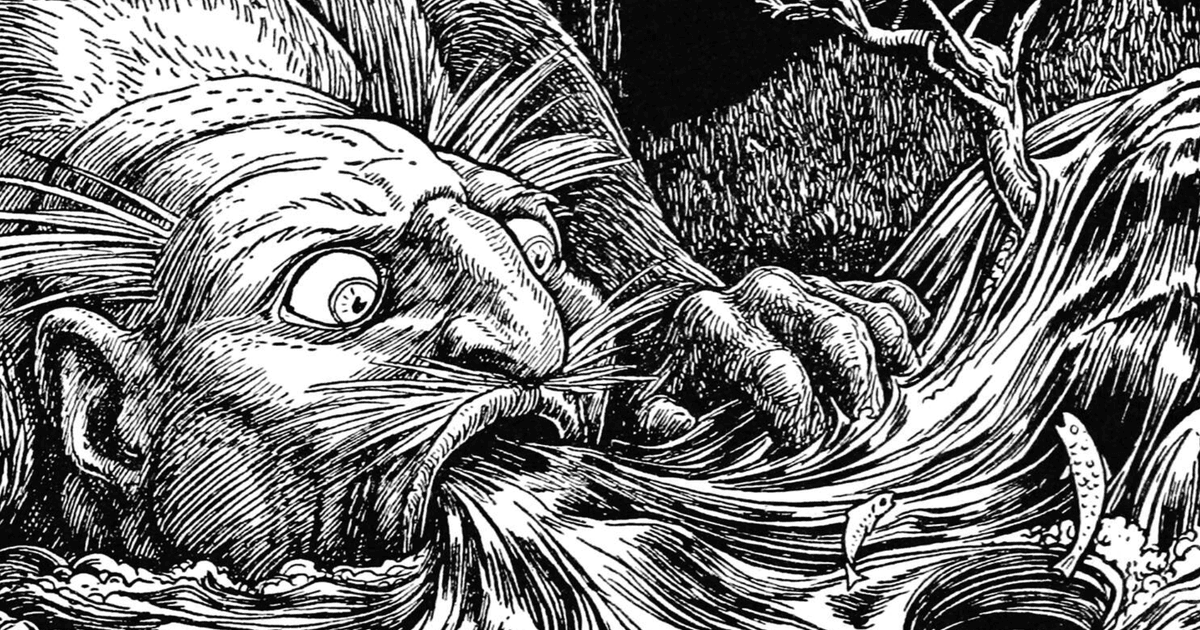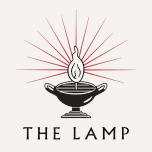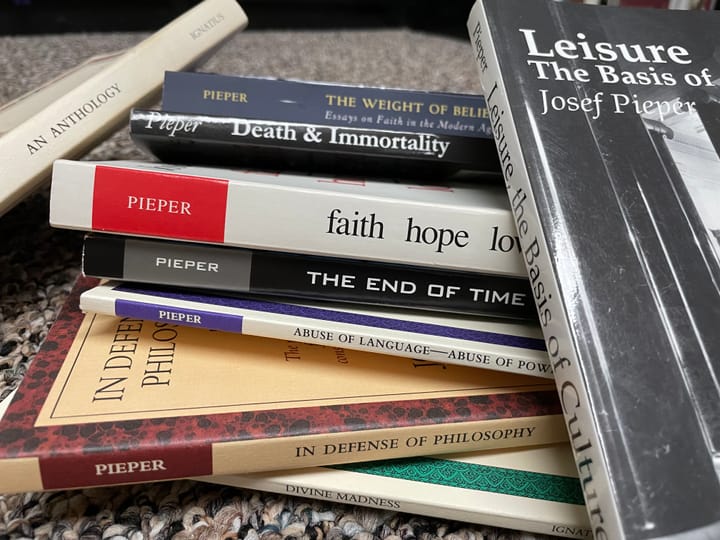Drug-Fueled Travelogue of the Post-Soviet Iron Curtain Region
Sam Kriss at The Lamp


When I was a student, we used to play a boasting game. The rules were simple: all you had to do was list every drug you’d ever taken. The person who’d snuffled up the second-highest number of mind-altering substances would then, unofficially, win. Taking drugs is, after all, cool. Taking drugs makes you an adventurer. It means you’re open to the world, both the geographical outer world and the neurochemical inner world, in all its shades of weirdness. Lightly, sexily contemptuous of danger. A good person to know. But there is a limit. The person with the longest list would usually get some slightly concerned looks. There are other ways of taking drugs that aren’t so sexy. There are futures waiting for you. The hunched-over people under bridges with their frantic eyes.
I’m pretty sure the person with the longest list was, more often than not, me. That didn’t stop me running through the whole thing; I suppose I was secretly proud of myself. Maybe I still am. My list went something like this:
- The boring, legal, socially acceptable drugs, which everyone would list very quickly to get them out of the way: Caffeine, Alcohol, Tobacco
- The illegal but more or less socially acceptable drugs for having fun on weekends: Marijuana, M.D.M.A., Psilocybin, Cocaine
- The drugs that were perfectly legal with a prescription, just not when I did them: Valium, Xanax, Amphetamines, Oxycontin
- As above, but legal use was, at the time, mostly limited to horses: Ketamine
- The drugs that were legal only because nobody had gotten around to banning them yet (or at least not when I first took them), which had awkward uncomfortable names and awkward uncomfortable effects, and which were sold online in small plastic sachets as “fish food,” or “plant fertilizer,” or most notoriously as “bath salts,” but sometimes simply as “research chemicals,” supposedly so independent chemists could play around with their methyls and ethers in test tubes and flasks, but really for the scientific experiments I was conducting inside my own body: Mephedrone, Dextromethorphan, Desoxypipradrol, Salvia, 2C-B, MT-45, K2
- The drug whose name, when mentioned, would make everyone suddenly go ashen-faced and serious as they contemplated for a moment the wider oceans of human misery and desperation and utter all-silencing numbness that stretched far outside the fun pharmacological kiddie pool in which we were happy to play: Heroin
- Unknown but worth mentioning: Whatever shavings and filings of psychoactive trash—rat poison, prescription opiates, bashed-up speed, benzocaine to make you bleary, phenacetin to numb your gums—actually accounted for most of the volume of the pills and powders I took
- The drug that might have actually come closest to killing me: S.S.R.I. antidepressants.
There’s a story behind that last one. One summer when I was twenty years old, an old school friend and I decided to tour the disputed territories of Europe. So on one trip, we backpacked through Bosnia, Serbia, and Kosovo. For another, we flew to Ukraine, made our way through Moldova and the tiny self-declared ribbon of Transnistria, then Bucharest, then home to London. (Back then, Ukraine was just a mildly interesting place to visit; nobody contested Crimea, and Donetsk was about to host the Euros.) We had vague plans for what to do after that—Northern Cyprus, obviously, with its creepy abandoned beach resorts, stuck in an eternal, decaying 1970s; maybe Abkhazia, South Ossetia, Nagorno-Karabakh; maybe Palestine. Maybe, if we were feeling brave, Chechnya. And then finally, when we had exhausted every conceivable alternative, we would go to Gibraltar.
Anyway, we very swiftly made one important discovery about the post-Soviet world that had absolutely nothing to do with its geopolitics, which was that pharmacies in eastern Europe were much more lax when it came to handing out prescription medications than the ones back in the U.K. were. You could go into a tidy little shop on Khreschatyk Street, ask for speed or benzos, and they would simply give them to you. No prescription, no obligatory small talk in some drug dealer’s Fiat Punto with its smell of instant noodles and sour sweat—you just hand over a piddling sum of money and the deal is done.
Read the rest (subscription required)





